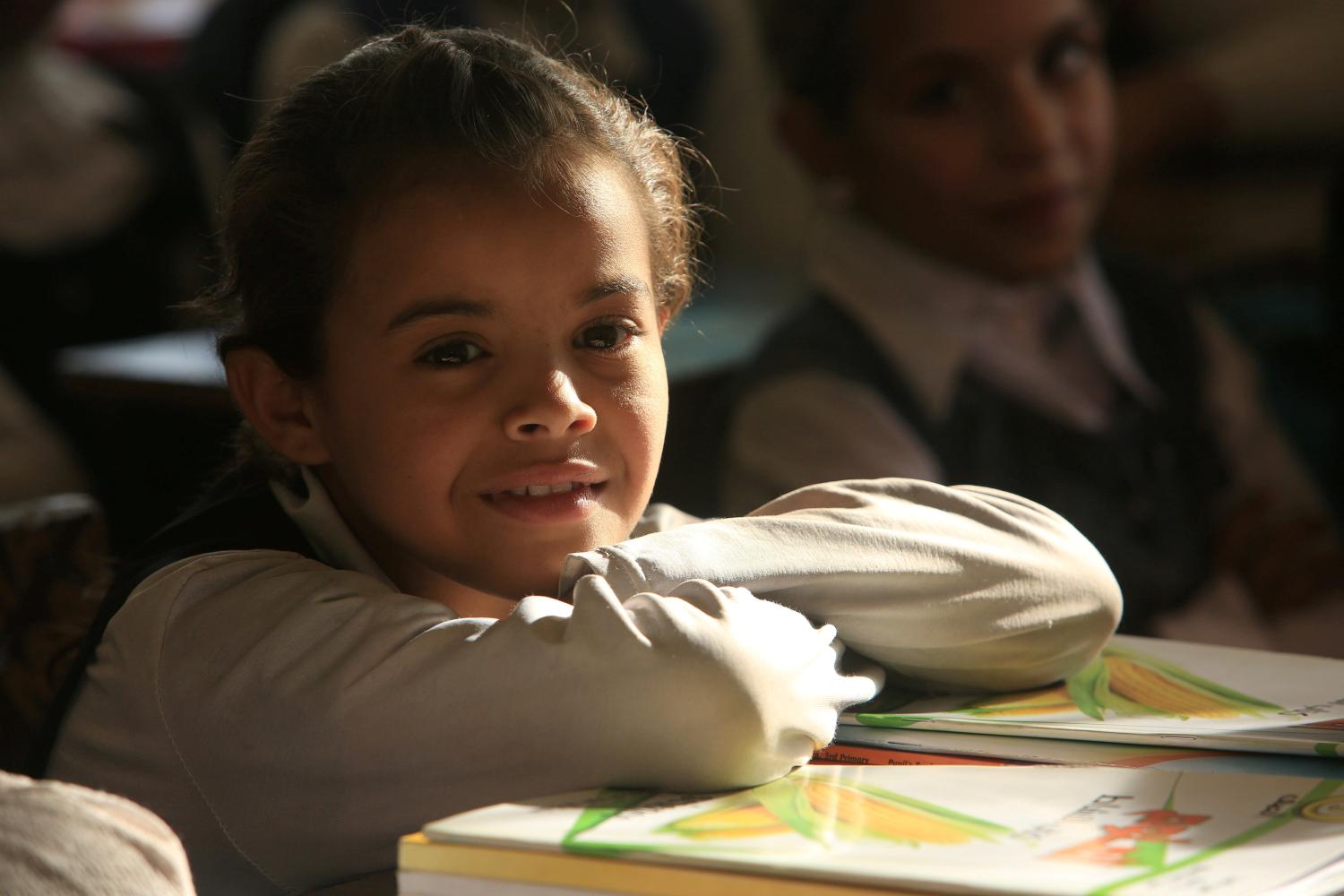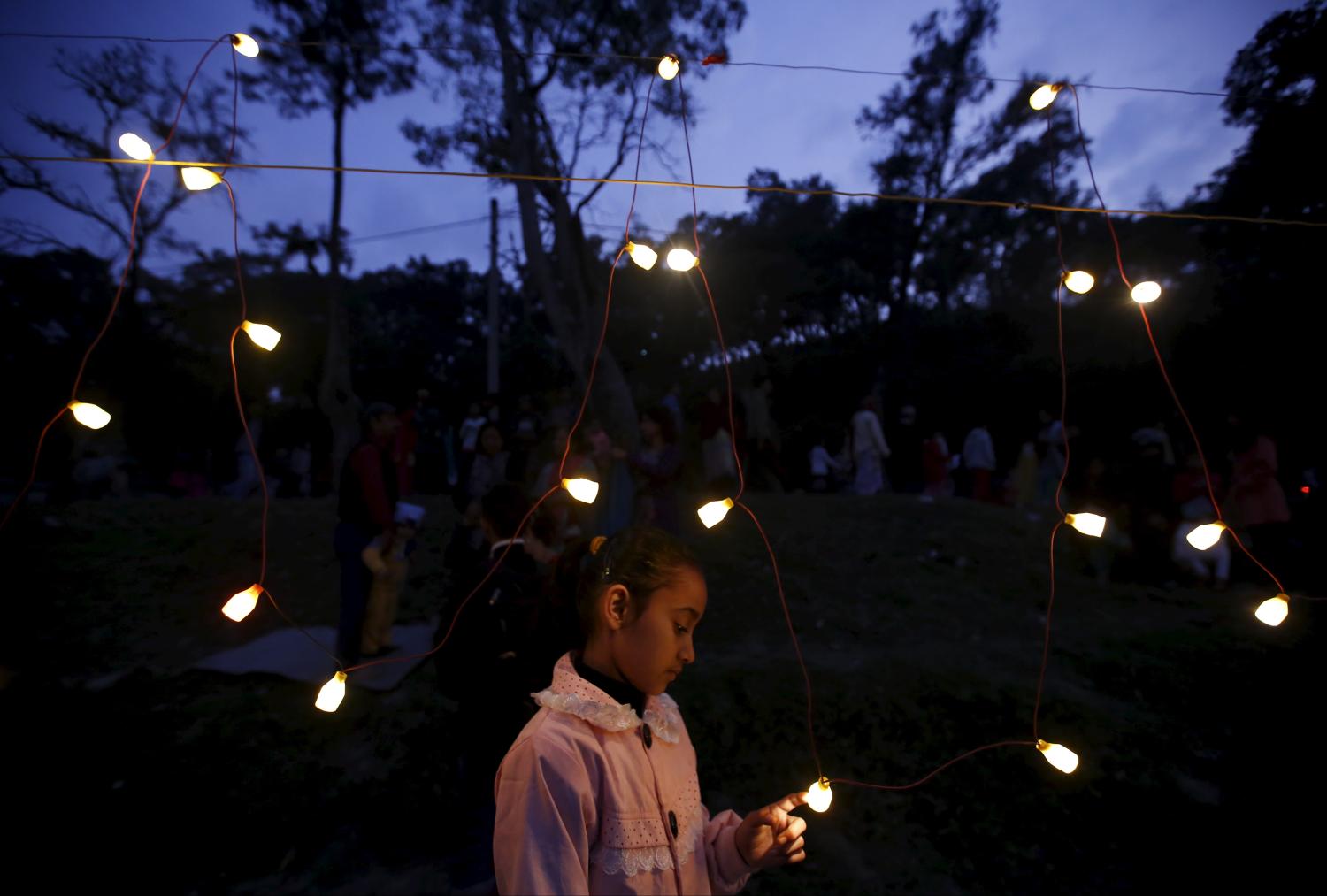For decades, indigenous populations were considered the poorest and most vulnerable minority ethnic group in Peru. However, when it comes to education, recent data show that Afro-Peruvians may be an even more vulnerable minority in the country than previously realized. As Figure 1 illustrates, Afro-Peruvian females aged 15 and older are either equally or more disadvantaged than their indigenous counterparts in rural areas.
In a multicultural country like Peru, data on ethnic minorities are key to informing public policies about neglected populations. But until three years ago, when a Special Study on Afro-Peruvians (EEPA) was released, there was very limited data on them. As a result, Afro-Peruvians featured minimally in public policies, and little to no social programs were designed to specifically target Afro-Peruvian girls’ marginalization.
The EEPA showed that Afro-Peruvian girls, in particular, struggle to complete more than a basic education and, consequently, do not have the same opportunities to accumulate enough human capital to get decent work to escape poverty. For instance, along Peru’s northern Pacific coast, where the Afro-Peruvian population is most heavily concentrated, only 26.9 percent of those girls access education, compared with an average of 42.3 percent for all girls in the same geographic area.
To better understand the factors limiting Afro-Peruvian girls’ opportunities to complete education, I conducted fieldwork in the Afro-Peruvian community of Yapatera as well as a literature review of studies conducted by Afro-Peruvian organizations, United Nations agencies, and by the Grupo de Analisis para el Desarrollo (GRADE), among others. My research suggests that family conditions, poverty level, and gender inequality are three main factors that the Peruvian government, NGOs, and researchers need to pay closer attention to in order to improve Afro-Peruvian girls’ secondary school completion rate. Below, is a sample of what I learned about family conditions.
First, parents’ education plays a crucial role in a girls’ opportunities for completing a basic education. Research shows that Afro-Peruvian children whose parents had no education had a 70 percent lower chance of transitioning to post-secondary education, and Afro-Peruvian children whose parents completed only primary education had a 49 percent lower chance.
Second, household poverty decreases the likelihood of Afro-Peruvian girls completing school. Studies show that families headed by women earn 16 percent less income than those families headed by men. In Peru, 52 percent of Afro-Peruvian families are headed by females, compared to 29 percent nationally and 39 percent in some of the poorest socioeconomic sectors of society.
Third, research has demonstrated that experiencing violence negatively impacts children’s development of cognitive and socio-emotional skills. Peru is a country with a high tolerance of violence against women and use of corporal punishment against children as a disciplinary measure. A 2011 survey of Afro-Peruvians found that 28 percent of Afro-Peruvian children have suffered physical punishment, or seven percentage points more than that suffered by children of other ethnicities.
In this video, Eliana Villar Márquez, 2018 Echidna Global Scholar, explores the factors limiting Afro-Peruvian girls’ opportunities to complete education and identifies steps to create more transparency on ethnicity and evidence-based public policy education programs for Afro-Peruvian girls.
Based on these and other findings available in my policy paper, I have identified three steps policymakers, advocates for Afro-Peruvian rights, and key public sectors like the National Statistics Institute (INEI) in Peru can take to create more data transparency on ethnicity and evidence- based public policy programs for Afro-Peruvian girls.
1. Gather systematic data about Afro-Peruvians
The government should improve the quantity and quality of data collected on Afro-Peruvians by introducing ethnicity in all surveys and censuses it carries out. The INEI should continue to gather data disaggregated by ethnicity, and more efforts are needed to collect sex- and ethnicity-disaggregated data to create transparency on which students are benefiting from social programs linked to education.
2. Build consensus about the importance of secondary education completion
It is critical to form a consensus among civil society and government stakeholders to ensure that the marginalization of Afro-Peruvians is rendered visible and a policy priority. This requires cross-sectoral action between donors and other key multilateral and bilateral stakeholders with long-standing commitments to gender equality and education in Peru, including UNICEF, the United Nations Development Program, the Canadian International Development Agency, and the Spanish Cooperation Agency for International Development.
3. Increase knowledge about Afro-Peruvian girls’ education
Afro-Peruvian organizations have worked hard to advocate for the inclusion of ethnic self-identification in the policy agenda, and well-regarded think tanks, such as GRADE, have made significant contributions to research about Afro-Peruvians. However, for these efforts to have impact, the knowledge must become linked to concrete opportunities for Afro-Peruvian girls in education.
The Brookings Institution is committed to quality, independence, and impact.
We are supported by a diverse array of funders. In line with our values and policies, each Brookings publication represents the sole views of its author(s).







Commentary
Barriers to secondary school completion for Afro-Peruvian girls
November 6, 2018